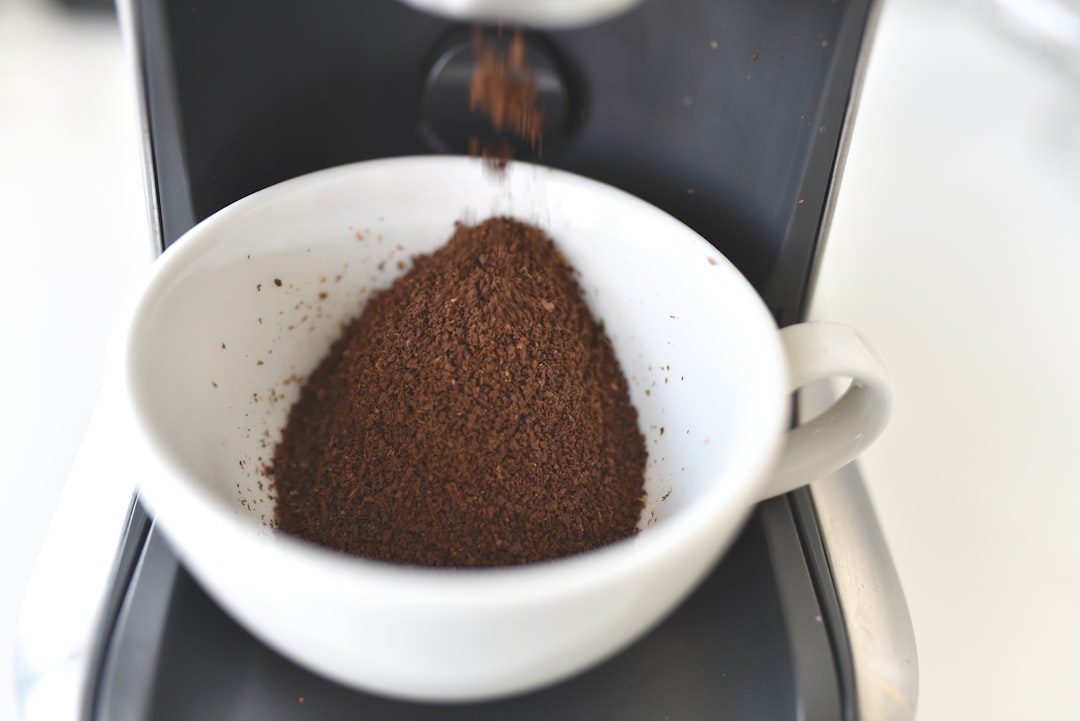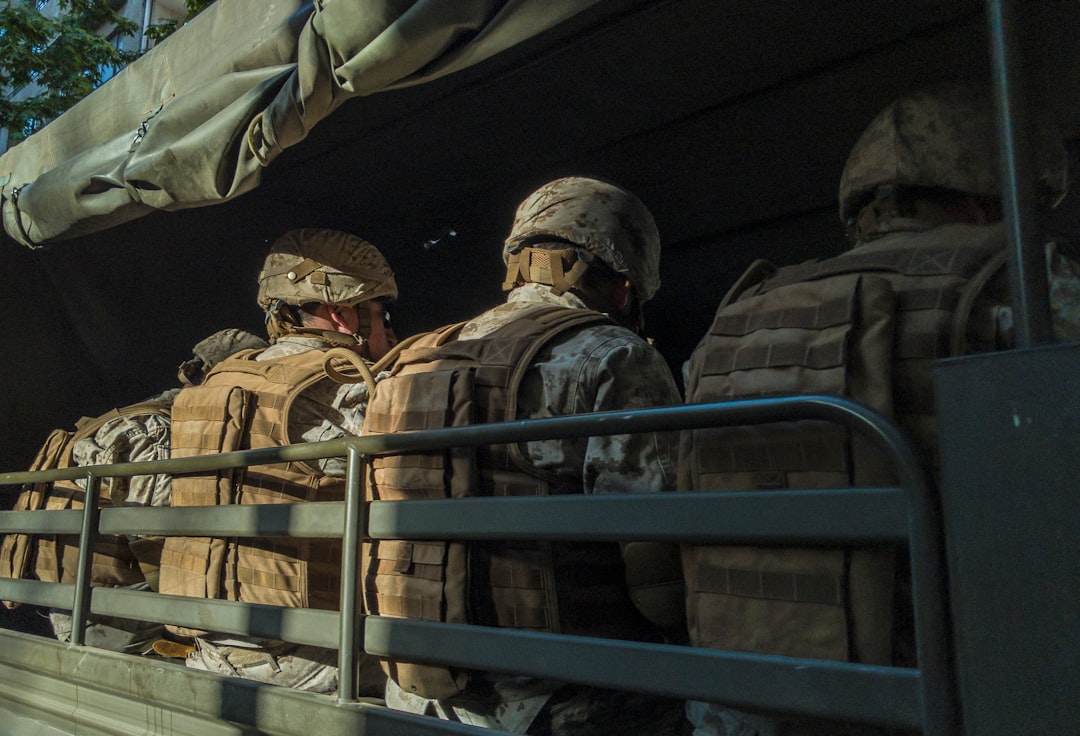What is it about?
In the Mojave Desert, we found mosses living under crystalline quartz rocks where they are protected from intense solar radiation and where moisture persists for a longer period of time than on the bare soil surface. In this study, we set out to compare this unique moss habitat the moss habitat on the bare soil surface. Using microclimate loggers, we found that light transmission through the rocks is very low (as little as 1.2% of sunlight), and that quartz provides protection from extreme heat, extreme cold, from drying out.
Featured Image

Photo by Who’s Denilo ? on Unsplash
Why is it important?
This study teaches us the importance of considering the scale of organisms we are studying. Mosses are very small plants and, thus, very small (to us) features---such as a rock---can make a big difference in the climate the moss experiences. This lesson is particularly important in extreme environments, where mosses may only be able to survive with microclimate protection.
Perspectives
For me, this study not only taught me lessons about scale (tiny organisms have tiny habitats and tiny associated climates), but also reinforced to me the importance of looking at organisms in their natural habitat, and the importance of wonder and curiosity. My co-author and I were out in the desert looking at mosses for a different study and stumbled upon these hypolithic ("under rock") mosses on accident. Then it turned into one of the funnest and most enlightening studies I've done to-date! So definitely get outside, look around, and stay curious.
Jenna Ekwealor
Utah State University
Read the Original
This page is a summary of: Life under quartz: Hypolithic mosses in the Mojave Desert, PLoS ONE, July 2020, PLOS,
DOI: 10.1371/journal.pone.0235928.
You can read the full text:
Contributors
The following have contributed to this page










